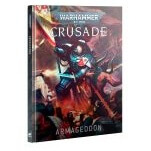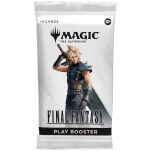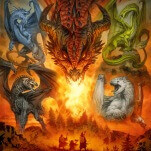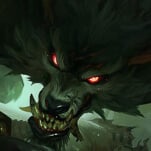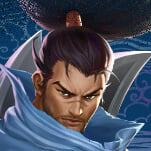Crusade: Armageddon Is a Fascinating Dive into Warhammer 40k’s Grimdark Future
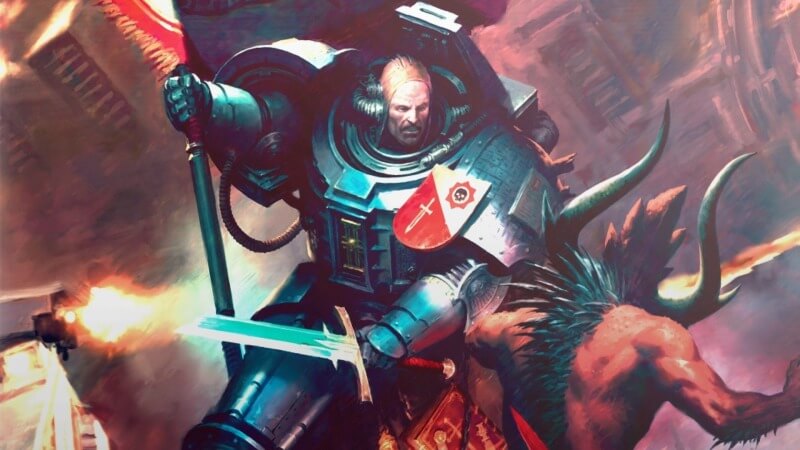
As a relatively new Warhammer fan, I enjoy the simple things: I like when I can paint a nice model; I like when I can clearly understand the rules; I like when there is lore. I am merely a fair-weather watcher of Warhammer 40,000, but it is this last enjoyment that has taken me to purchasing, and reading the entirety of, the new Crusade: Armageddon book from Games Workshop. Presented as 128 pages of narrative campaign background and missions for use with Warhammer 40,000, it is a fascinating dive into some of the most sticky and interesting parts of the far future of grimdark warfare.
My patience and interest in reading Warhammer narrative fiction is relatively low. In my heart, as a miniature-loving goblin, I enjoy the little toys and the violence they can do to one another. Crusade: Armageddon is ultimately a game tool: it gives players some stakes and mission design parameters to structure campaign play within Warhammer 40,000, and it also provides a long history of the planet Armageddon and why players might care about it. That history serves as a background for the decisions that players might make in full-scale games, and winning or losing battles in sequence while playing a game with the “Armageddon Crusade” rules can serve to structure several games between players and their friends.
This kind of play is just fundamentally more interesting to me than staccato war games. One of the reasons that I wanted to pick up and read the Armageddon book is that I thought it might incentivize me to engage with 40k itself, a part of the Warhammer line that I currently find a little uncompelling. I am a big fan of using campaign play to structure the experience of miniature wargames; I’ve been having a grand time building my lair in the skirmish game Necropolis, and I thought that a campaign play book might bring me into closer conceptual contact with the 41st millennium.
-

-

-

-

-

-

